Legislators think they have the start of a plan to save Kansas water. Will it be enough?
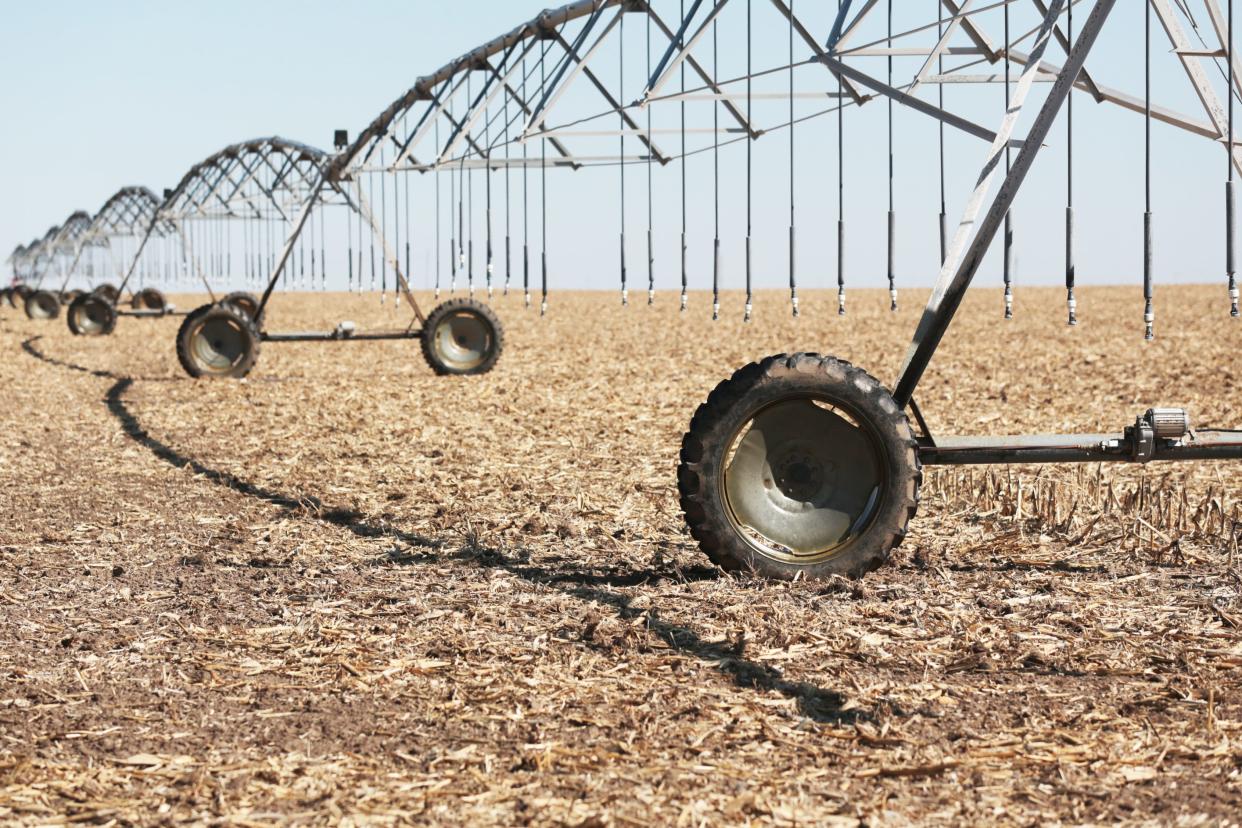
On a day when lawmakers made headlines across the state for considering a slate of bills to roll back Kansas voting laws and transgender rights, a pair of bills designed to attack the state's looming water crisis didn't make a drop in the bucket.
Indeed, while members of both parties became mired in contentious debate, the water bills became a rare respite of bipartisan acclaim — one Rep. Doug Blex, R-Independence, believed came not a moment too soon.
"We’ll have a tendency to kick this can down the road," Blex, a biologist for the Kansas Department of Wildlife and Parks, said on the House floor. "And it has been kicked for too long. We need to do it."
One bill would create a dedicated funding stream for water projects in the state. The other would increase transparency and reporting requirements for groundwater management districts — the five local units of government in Kansas that have tremendous sway over setting water policy.
More: Kansas is running out of water. Is this the year lawmakers find a solution?
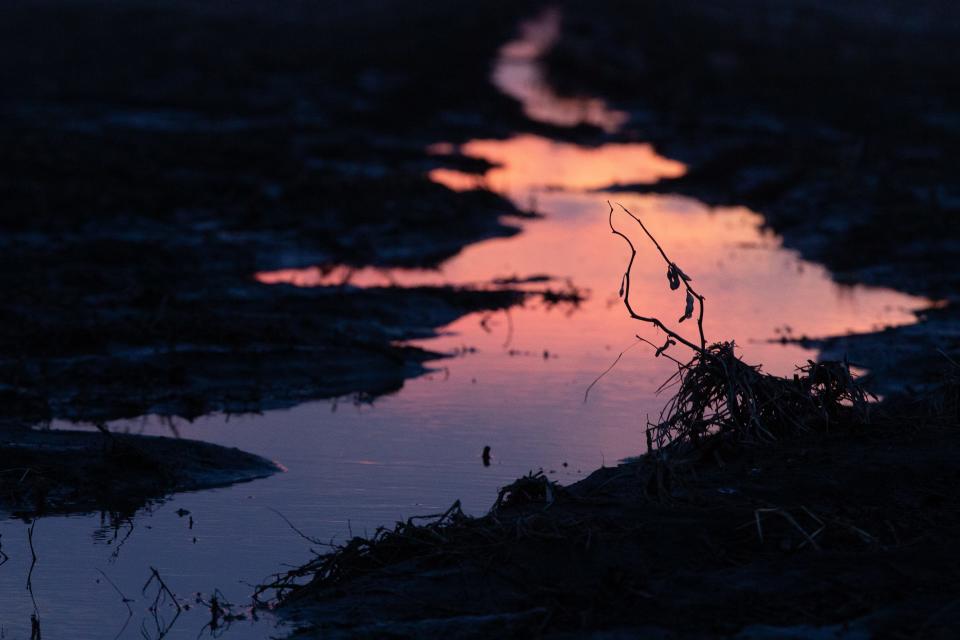
The duo of bills comes as the depletion of the Ogallala Aquifer, which spans eight states but is centered on Kansas and Nebraska, becomes more and more acute.
Increasingly dire predictions about what will happen to Kansas' groundwater stores — and the multibillion-dollar agriculture economy that it powers — have been of increasing concern in the state.
But while legislators were quick to trumpet their proposals, others say they do not go far enough to actually put a dent in ensuring that much of the state remains habitable — and farmable — for years to come.
"If we think that just adding a marginal amount of money and capacity to solve the problem (will help), it is disillusioned right?" said Zach Pistora, a lobbyist for the Kansas chapter of the Sierra Club. "We're going to need some really major transformation on water policy. And we haven't tackled, I think, some of the tougher concerns that'll make a bigger difference."
Key governmental bodies targeted by water policy effort
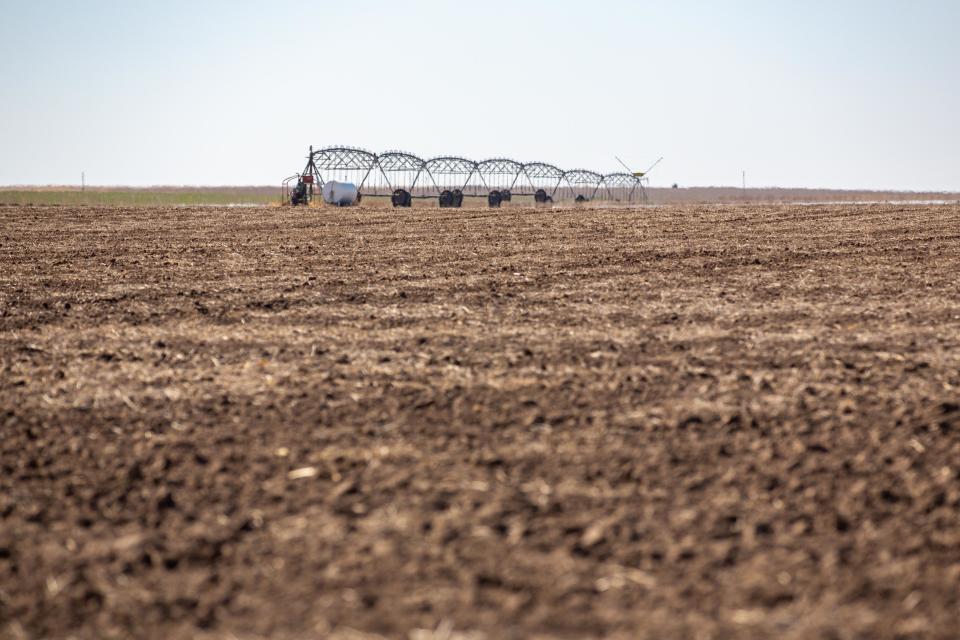
Groundwater Management Districts are perhaps the most important governmental bodies in Kansas that many residents have never heard of.
All five GMDs, which cover large swaths of southwest, northwest and south-central Kansas, have roughly similar structures. All have locally elected boards that hire staff who conduct research and handle the day-to-day operations of the district.
Most importantly, the districts will make policy recommendations to the state and can seek out certain ways of requiring water conservation, such as requiring all landowners in a set geographical area cut their water usage by a set amount, something known as a local enhanced management area.
But GMDs have few requirements spelled out in state law. They must have a report on file, called a management program, outlining problems facing their areas and ways they are working to address those concerns — but there are no requirements that those plans be regularly updated.
One of the bills approved in Topeka, House Bill 2279, would increase the amount of information the districts would need to submit to both the Legislature and the chief engineer, the individual charged with overseeing and administering water law and conservation efforts.
"Get the locals aware of the situation with the most contemporary and detailed information that we can, so that they can evaluate where they stand," said Kent Askren, public policy director for the Kansas Farm Bureau. "And then develop those local strategies and goals to address the issues."
Under the bill, the chief engineer could step in and take over if the GMD's plan to address critical issues was not sufficient, a move Rep. Lindsay Vaughn, D-Overland Park, said was important because "ultimately, I don't want to make it meaningless."
"I think these are the really key areas that need to be managed consistently and updated regularly," said Vaughn, the top Democrat on the House Water Committee.
The bill is a departure from a broader overhaul, proposed last session, that would have dramatically expanded the number of individuals who vote to elect the boards of groundwater management districts, a right that is currently limited largely to irrigators.
The idea died amid opposition from large agriculture groups, who support HB 2279. But without that change, Pistora was pessimistic on how much impact the bill might have and he said the chief engineer would need to be aggressive in using their powers.
"I mean, yeah, it, we need to identify areas of concern," he said. "They (GMDs) should have been doing that already, right?"
In practice, it is unlikely that state officials would take any action unless presented with no other option, said David Barfield, a former chief engineer and consultant on water issues in Kansas. Indeed, those powers are already available under current state law.
"The locals don't like the state coming in and telling 'em what to do," he said.
Southwest Kansas in the crosshairs of water conservation debate
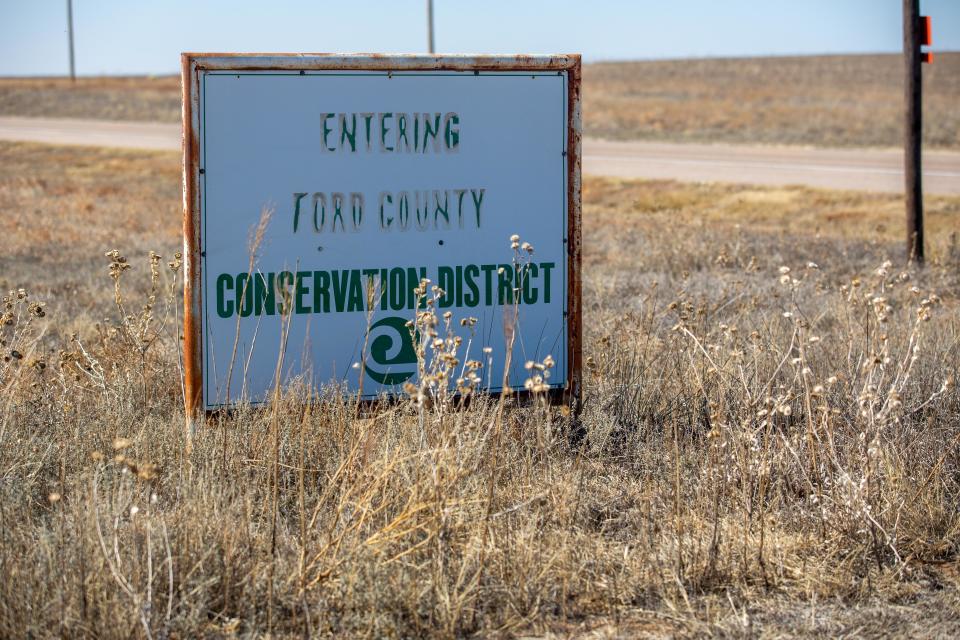
Districts across the state vary in how they have attacked the Ogallala problem, and proponents of the bill argue it is important to get everyone on the same page and increase communication.
But there is a belief that the effort is largely targeted at one GMD in particular: Groundwater Management District 3 in southwest Kansas.
"Certainly, we're the biggest and we're the furthest west," said Mark Rude, director of GMD 3. "We're the driest and we have the greatest declines. Of course, we also have the greatest supply and we have the biggest economy relying on that groundwater. So, I could see why people would come to that conclusion."
The existential threat from declining water levels exists throughout western Kansas. Indeed, in the northwest region of the state, there are areas where the Ogallala has a usable life of less than 10 years remaining.
But in the southwest corner, the threat is perhaps most acute. In Stevens and Haskell counties, for instance, water use would need to be cut in half just to get to water levels to a place of stability — but the area is also responsible for much of the state's agricultural production.
Pistora said that historically GMD 3 has dragged its feet on water conservation efforts embraced elsewhere, such as LEMAs.
"They should be the leaders in trying to turn the tide on the diminishing aquifer," he said. "And we just haven't seen that, certainly by GMD 3."
But when GMDs do take conservation steps, they can run into pushback.
Groundwater Management District 1 has asked state officials to sign off on a LEMA in four northwest Kansas counties, mirroring a successful program in Wichita County that has been around for two years, which Katie Durham, GMD 1's director, said has resulted in reductions of 25%.
A decision is looming on the LEMA in the weeks to come. But some powerful interests in the state still have reservations about the concept if it is asking irrigators — generally those who use the most water — to cut their use.
Kansas water law is governed by the "first in time, first in right" adage. Water rights are held much like property rights and an individual with an older water right takes precedence.
While the Farm Bureau has no problem with LEMAs in theory, Askren said, he argued they can be structured in a way that infringes on water rights, an argument made — unsuccessfully — in a 2018 Gove County court case.
"There's going to come a point in time where there just simply is not enough water to meet everybody's wishes," Askren said. "And there, there has to be some standard upon which to distribute that water and, and when we start, you know, rounding the corners and not, and not abiding by and respecting those private property rights.
"I don't know where we go from here. I really don't."
In the LEMA spanning Greeley, Lane, Scott and Wallace counties, Durham said the reductions were based on an individual's historic water use.
"This is really protecting land value and protecting those water rights because they have a longevity now that they wouldn't have potentially had in the past without this LEMA," she said.
Officials hope funding increase will avert worst case scenario
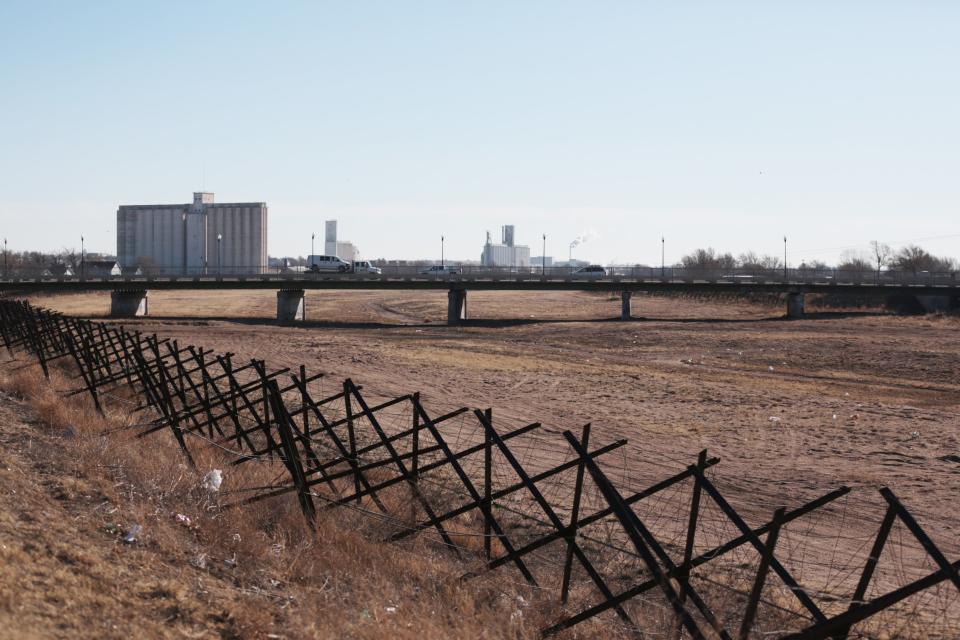
Rude stressed that he felt all options should be on the table, from LEMAs to augmenting the aquifer with water from an outside source.
It was important, he added, to remember the value the water to the lifeblood of the area's economy.
"The costs are inevitable," Rude said. "Whether it's lost opportunity cost or cost to buy down the rate of consumption that we're currently experiencing, there's just going to be costs no matter what. The question is, well, who bears that cost?"
He isn't alone in wondering who will pay to help solve the problem. Indeed, lawmakers hope a second bill has helped to find an answer.
House Bill 2302 allocates a sliver of all state sales tax revenues to the pot of money used to bankroll Kansas' water plan, the twice-per-decade blueprint for tackling water issues across the state.
It also sets aside money specifically for technical assistance for farmers and local governments on water issues, as well as infrastructure projects.
Observers estimate it could triple the amount of money available to helping fulfill the water plan, following in the footsteps of states like Missouri that created a dedicated funding stream years ago.
Kansas, for instance, has a program dubbed Water Transition Assistance Program, which will pay an irrigator to retire their water rights, but a lack of funding has narrowed its purview and thus, many argue, limited its effectiveness.
"The enhanced funding would be a big step in getting the resources that we need to make strides in accomplishing the state goals," Askren said.
The state fully funded water programming last year for the first time in two decades. Gov. Laura Kelly wants to do it again and urged further action. In her January state of the state address, Kelly called water the "single most important issue facing western Kansas — and perhaps all of Kansas."
Speaking with a group of Farm Bureau members last month, Kelly touted her calls to increase water funding but acknowledged more work is needed.
"We all know that funding is not enough," she said. "There needs to be a broad-based agreement to improve our practices and adopt new technology so that we can protect the future of farming and rural life."
The funding bill does not address the issue of user fees. The legislation last year included an increase in fees for public water systems and industrial users, as well as a new levy based on the amount of water used by a right holder. Those were ultimately dismissed as overly punitive on farmers and ranchers.
But Pistora noted that raising over $70 million a year under the bill, while an improvement on the current arrangement, would not be enough and contrasted it with the billions of dollars per decade spent on highway projects in Kansas.
"We can't go without water, you know?" he said. "Our water supply dries up or gets contaminated or ruined, it's over. We've got to get it from somewhere else or move somewhere else. We just can't let that happen to our Kansas community."
This article originally appeared on Topeka Capital-Journal: Kansas bills could help drought problem — but do they go far enough?

